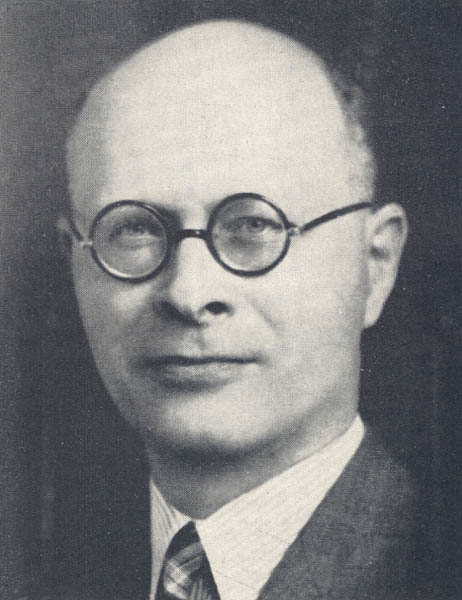Image Details

Dean of archaeological scholars, William Foxwell Albright (1891–1971), looks tight-lipped and proper in this formal photograph taken in the 1930s.
From 1926 to 1932, Albright excavated at Tell Beit Mirsim, a site he identified as biblical Debir, one of the Canaanite cities conquered by Joshua. Despite the discrepancy between Beit Mirsim’s location and the location of Debir in Joshua 15, Albright asserted that the Later Bronze Age (1550–1200 B.C.) archaeological remains at the site supported his identification. Influenced by Albright, a whole generation of biblical scholars and Bible atlases recognized Tell Beit Mirsim as Debir.
Recent excavations at Khirbet Rabud, led by Israeli archaelogist Moshe Kochavi, now lead many scholars to believe that Rabud, in the hill country southwest of Hebron, is the actual site of biblical Debir. Rabud not only contains Late Bronze remains, it also fits the geographic description in Joshua 15.
